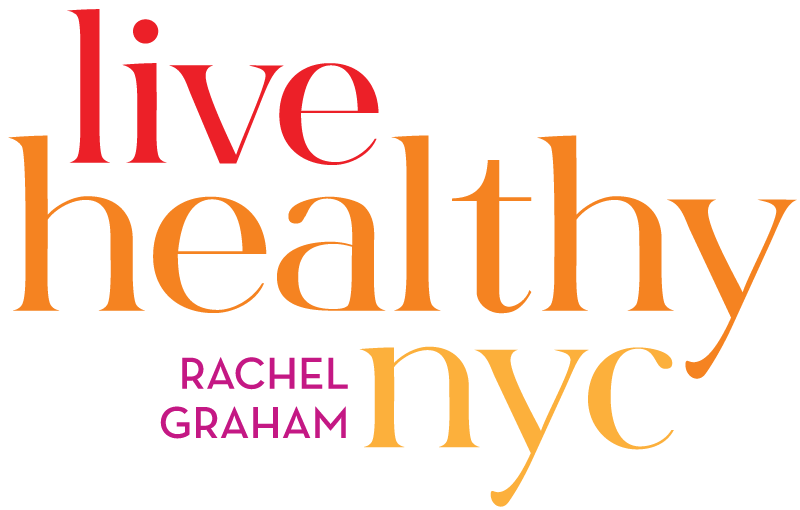I definitely love my salad and could eat one at every meal. One evening many years ago when we were first married, my husband, took me to a 5 star restaurant and almost choked when I asked the captain for the vegetarian menu. He couldn’t believe that I would waste a gourmet meal on just vegetables! Yes, opposites do attract as he’s a carnivore and I am not. As a young girl, way back then, I had no problem eating my greens. But, sometimes, eating too much of a good thing isn’t always a good thing.
The vegetable revolution (the juice factories, the salad bars and the cafes) can cause some bloat. Between oily dressings, excess fiber, and often-forgotten sources of salt, there are plenty of opportunities for a once-healthy salad to go south—for your gut, that is. But, with some smart tips you can be tossing together salads that’ll make your tastebuds and GI tract equally happy in no time.
1) Watch the dressing
Many dressings are loaded with oil, salt and sugar. My advice is to use fresh lemon juice which can stimulate digestive enzymes and function as a ‘de-bloater’ and it tastes good. You can also make your own dressing by combining balsamic vinegar and dijon mustard and a bit of olive oil.
2) Be careful of too much fiber
We know that fiber is essential to having a healthy gut. However, not everyone can tolerate too much at any one time. Try to lightly steam or roast some of your veggies before you toss them in your salad. This breaks down some of the fibers so that they’re easier to digest.
3) Be careful of salad toppings
I love nuts and dried fruits on top of my salad. But it could also be the cause of post-salad tummy troubles. These toppings often contain added sugar, which is a major bloating perpetrator. Try adding fresh fruit, like papaya or mango or apple instead of dried fruit. And if you have a favorite nut or seed, make sure they are raw, unsalted, and—whenever possible—sprouted to get the nutrient benefits in their purest form.
4) Be careful of legumes
Beans are my all time favorite! They can be pureed for humus, stewed for soup or eaten raw. But the trick to less bloat is to rinse, soak or cook them before you add them to your salad.
5) Watch the size of your plate/bowl
How big should your salad be? Somewhere between a side salad and an entree salad is probably the ideal size, depending on how you tolerate fiber. If your salad is full of fibrous mix-ins, you may want to save some for later.
What are your favorite things to put into your salad? Click here for an easy DIY salad.

